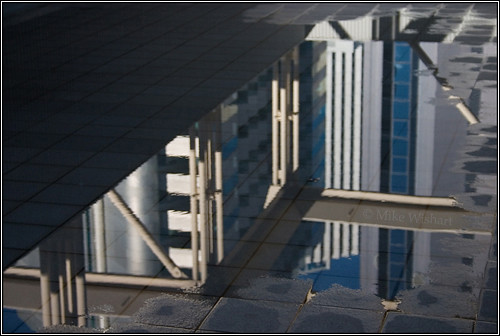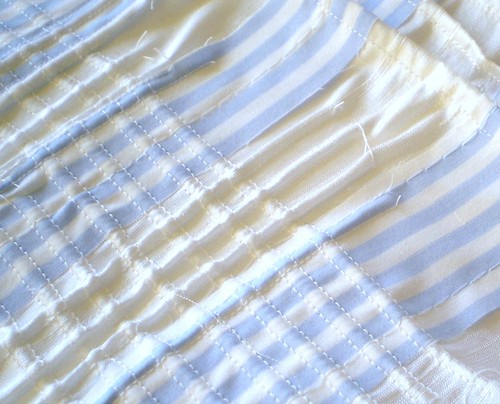The Moon's surface is thought to be covered almost everywhere by a layer of regolith. Regolith is a term meaning soil produced by weathering of local rock. On the Moon weathering is mostly caused by impacts, both large and small. In fact the smaller impacts, micrometeorite impacts, produce most of the upper portion of the regolith. An abundance of super fine and unconsolidated grains are produced by the astounding number of micro-impacts that have occurred over the past 4 billion years. In addition to rocks breaking apart into finer and finer fractions, over time space weathering makes rocks darker and redder. This effect is especially noticeable around steep surfaces where unweathered material slides down and stands in high contrast with its surroundings.
Features
- Length: 1/2 inches
- Finish: Bronze
Lighted Surface Mount Doorbell Button price is still on sale and price may up again, so buy Lighted Surface Mount Doorbell Button in hurry click the button below to see the best price now. Purchase it online Now!
Related products:
- Biggest Discount Frog Doorbell Button
- Discount Sale Newport 4-Light Flush Mount – Oil-Rubbed Bronze
- Save Price Three Light Semi Flush Mount
- Discount Price Royce Lighting RFM2247/3-46 Valhalla Flush Mount Ceiling Fixture Heirloom Bronze with Cream Snow Glass
- Lowest Price Dale Tiffany TH70727 St. Moritz Semi-Flush Mount Light, Mica Bronze and Art Glass Shade
- Biggest Discount Savoy House 52-004H-MO-13 Capri Hugger Bronze Flush Mount 52″ Ceiling Fan w 52-FB4-OD-BA
- Great Purchase American Standard 1599.205.020 Deep Soak Max Drain with Unique Top-Mount Overflow, Allows 3-Inch Deeper Water Level, White
- Clearance Sale General International 16-Inch Surface Jointer Helical Cutterhead 5 HP
- Great Purchase Abeo Nine Light Under Cabinet Light with Transformer Finish: White
- Save Price Belvedere 522 Single-Handle Deck Mount Faucet, Chrome
surface encounters complaints
surface encounters rock tops
surface encounters complaints
The Conversation, the startup Australian <b>news</b> site, wants to bring <b>...</b>
What would happen if you had close to 1000 academics available to contribute to the breaking news cycle? Would it change the course, and the discourse, of news? Andrew Jaspan thinks it will. Jaspan, formerly an editor at The Age, ...
State Dept. blocks access to indie <b>news</b> sites — RT
A week after the US State Department announced plans to spend millions to increase access to restricted Websites in China, its being made public that they themselves are restricting access to certain news sites in America.
Chris Licht Joins CBS <b>News</b> as VP Programming - The Hollywood Reporter
The former MSNBC "Morning Joe" ep will begin June 6.
surface encounters reviews
surface encounters reviews

surface encounters complaints
surface encounters reviews






Peter Risdon Says:
May 16, 2011 at 2:40 pm | Reply
The paragraph you quoted from ends with this sentence:
“According to the best-sited stations, the diurnal temperature range in the lower 48 states has no century-scale trend.”
That was a surprise given the tenor of this post: “… maybe this is the end to questions as to whether surface temperature increases actually exist.”
Did you mean that we can now say the answer to that is that surface temperature increases do not exist? Or that, pace Keenan in the WSJ, the data do not contain statistically significant trends?
andyrussell Says:
May 16, 2011 at 2:58 pm | Reply
I don’t think diurnal temperature range is very important. Do you?
What’s more, the “century-scale” bit covers some interesting detail. Before Fall et al., it seems that the only work on diurnal temperature range showed a negative trend from the mid-century to 1980s-ish. What Fall et al. found was that this has increased again since the 1980s. So there’s no “century-scale trend”.
But that tells you very little about mean surface temperature trends.
Mark Says:
May 17, 2011 at 10:45 pm
I have heard it claimed that the reduction in diurnal temperature range over the past few decades provides evidence that GHG increases are responsible for the warming. In that sense, some people think diurnal temperature range is important.
Incidentally, I don’t think Fall et al. were the first to find that DTR has increased since the 1980s. I read a paper that said much the same thing a few years ago.
Sorry for the lack of references to back up these statements. I’m a little too busy at the moment to chase them up.
Ben Says:
May 16, 2011 at 4:49 pm | Reply
So Peter… If the diurnal high and the diurnal low both rise by 1°C, you think this means there has been no warming? After-all, the diurnal range hasn’t changed! Others might draw a different conclusion.
Peter Risdon Says:
May 17, 2011 at 8:26 am | Reply
I understand diurnal range has significance, and the relationship between day and night time temperature ranges is important, especially with regard to the period 1950 to 1980 when the effect of man-made global warming, it has been argued, was masked by a cooling but revealed by the changes in the relationship between these ranges.
I further understand that this argument is based on the idea that human pollution caused this daytime cooling, that it affected the range of day time temperatures as well as the difference between night time temperatures which continued to show warming, and daytime ones that didn’t. This makes day time temperature range significant: if this is right it would be expected to show a variation that correlates with human activity.
But this isn’t my field; I’m just reading what I can in an attempt to understand as much as possible about an important issue and, for me at least, that means reading Watts and reading this blog. Just searching out stuff you’re already disposed to accept isn’t good enough. My comment was prompted by what struck me as a somewhat partial quotation and exasperation: I’m with Feynman when he said you should point out the problems with a theory, not just the things that support it.
[It's not really a "partial quotation" is it? That sentence you are interested in is stuck on the end of the abstract as a new paragraph and isn't really related to the 2 sentences I quote and which are related to the subject of this post. I'm not really interested in DTR and I doubt Watts was either. - AR]
At least Watts invites people with different views to post on his blog and has been at the forefront of attempts to cross the ideological divide, not least with Judith Curry.
Ben, of course you’re right. Andy, a century is an arbitrary scale, of course.
I’d still be interested in your take on statistical significance.
JMurphy Says:
May 17, 2011 at 12:05 pm | Reply
In what way has Watts atempted to cross “the ideological divide” ?
Ben Says:
May 17, 2011 at 3:16 pm | Reply
Peter, I encourage a critical (i.e. thoughtful) reading of Anthony’s blog but my god do you really think he’s “at the forefront of attempts to cross the ideological divide”? Anthony has done more to harden denialist thought than anyone, with the possible exception Marc Morano.
The “different views” he solicits are unthreatening fig-leaves.
andyrussell Says:
May 17, 2011 at 3:24 pm | Reply
I’ve got no problem with most of what Keenan says, although he’s not the first/only person to be saying these things. There’s a JoC paper from 2010 and it was one of the useful points to come out of the UEA email enquiries (i.e. working more with stats people). Not sure where the funding was supposed to come from for these new people though!
I suppose the bigger problem comes down to climate science covering so much stuff – you can’t just look at problems from a stats/dynamics/modelling/chemistry/radiation/whatever perspective for too long before a) not getting very far or b) needing to doing something you’ve not done before.